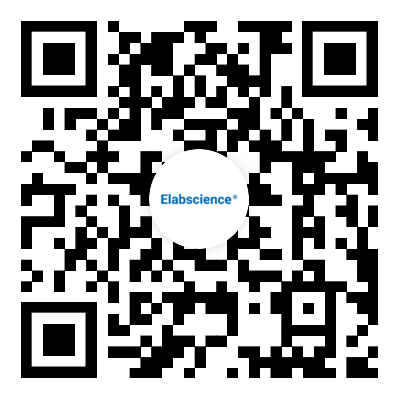Rat ADP/Acrp30 Antibody Pair Set
Price:
Size:
50μL&100μg
- 反应性: Rat
| Background |
Adiponectin,alternately named Adipocyte complement-related protein of 30 kDa (Acrp30),adipoQ,adipose most abundant gene transcript 1 (apM1),and gelatin-binding protein of 28 kDa (GBP28),is an adipocyte-specific,secreted protein with potential roles in glucose and lipid homeostasis. Circulating Adiponectin levels are high,accounting for approximately 0.01% of total plasma protein. Adiponectin contains a modular structure that includes an N-terminal collagen-like domain followed by a C-terminal globular domain with significant sequence and structural resemblance to the complement factor C1q. Although they share little sequence identity,similar threedimensional structure and certain conserved amino acid residues suggest an evolutionary link between the C1q-like domain of Adiponectin and members of the TNF superfamily. Adiponectin assembles into different complexes including trimers (low molecular weight),hexamers (middle molecular weight),and higher order oligomeric structures (high molecular weight) that may affect biological activity. Adiponectin is induced during adipocyte differentiation and its secretion is stimulated by insulin. Two receptors for Adiponectin,termed AdipoR1 and AdipoR2,have been cloned. Although functionally distinct from G-protein-coupled receptors,the genes encode predicted proteins containing 7 transmembrane domains. AdipoR1 is highly expressed in skeletal muscle,while AdipoR2 is primarily found in hepatic tissues.
|
| Synonyms |
Acrp30; GBP28; ACDC; APM1; ADPN; AdipoQ; ADIPQTL1
|
| Swissprot | |
| Reactivity |
Rat
|
| Specificity |
Detects Rat ADP/Acrp30 in ELISAs
|
| Buffer |
Capture Antibody:PBS with 0.04% Proclin 300, 50% glycerol, pH 7.4; Detection Antibody:PBS with 0.04% Proclin 300, 1% protective protein, 50% glycerol, pH 7.4
|
| Storage |
-20℃
|
| Expiration date |
12个月
|









